Happy Pride all of you amazing and beautiful people! For this edition of the Queer Creator Spotlight I had the privilege of interviewing graphic novelist and “French Auter,” Gaelle Avril Geniller. Genillers debut graphic album “A Boy Named Rose” has taken the world by the waist and spun it around.
Already an international success. Translated into at least six different languages, “A Boy Named Rose” paints a beautiful tale of discovery, relationships, found families and living one’s life to the fullest. It literally paints a flawless and lush tale of becoming.
Chris Allo: We like to do a little educating here on the Geeks OUT Creator Spotlight. Please let us know how you identify and or if you like let us know your pronouns. And maybe a little about your childhood and growth into an artist?
Gaelle Geniller: My pronouns are she/her, but like Rose, I wouldn’t be offended by he/him at all. As for my childhood, I had what I long called a perfect childhood. Even though no childhood is perfect, my parents and family always let me express myself freely. I am the eldest of two siblings, and they received the same upbringing. When I think of my early years, I hear laughter, see colors, and remember the games we invented. It was a wonderful time for me, one I am a bit nostalgic for today, but this nostalgia drives me to draw. It’s somewhat like my engine. It was in middle school, when I was 11-12 years old, that I started drawing literally all the time. If I wasn’t drawing, I was depressed.
CA: When did your interest in comics begin? What was your first comic book? Were you a writer or an artist or did both skills sort of develop simultaneously?
GG: Like many children in France, I think the first comic I read was either the Smurfs, Tintin, or Asterix. They were my parents’ comics; I found them mildly funny. Comics did not grab my attention right away to be honest. But everything changed when I turned 11. I discovered a French graphic novel series called “Les Légendaires” and the ZELDA manga. I was obsessed with them. I learned to draw by copying the panels I liked. At the same time, I realized that I could imagine stories and wanted to tell them. The desire to draw and to tell stories came at the same time!
CA: Fabrice Sapolsky, Publisher of FairSquare Graphics, sent me a pdf of “A Boy Named Rose” and I can legitimately say that it took me over two hours to read because the art and story, of course, were just so masterful and seamless. Your page layouts, color palettes, panels everything served the story, but also are these little works of art in and of themselves. It’s a truly beautiful story. It’s honest and heartfelt and speaks to anyone who is trying to discover their truth and determined to go after it and live their life while doing so.
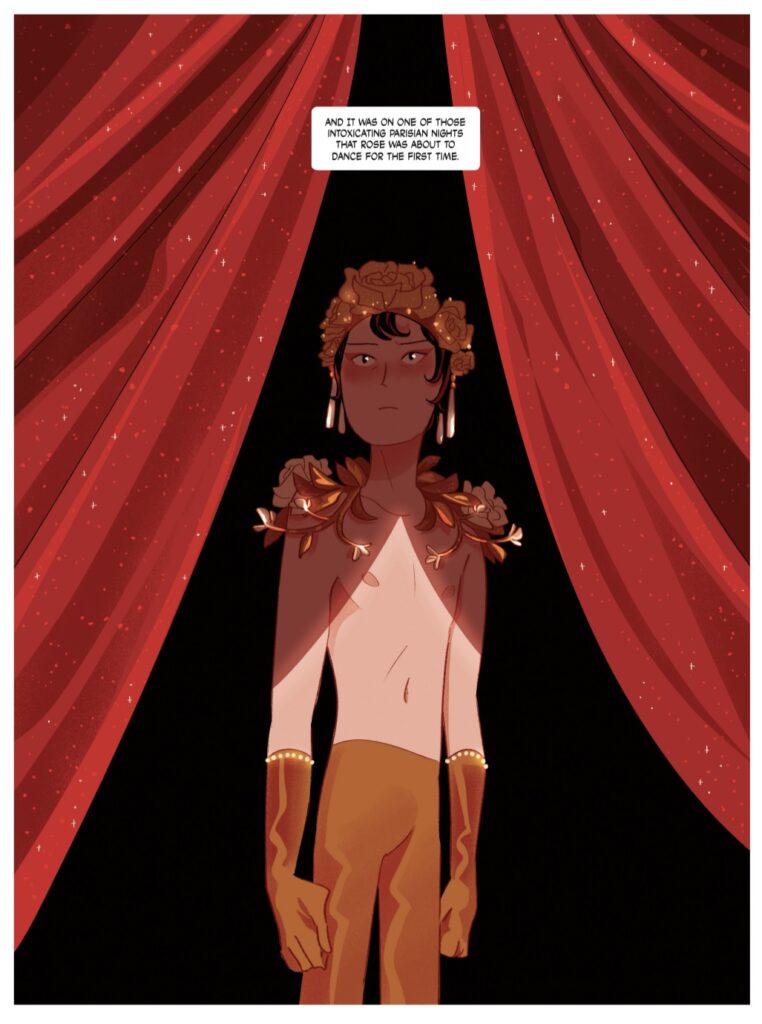
GG: Thank you very much! These words warm my heart. I think “honest” is the right word to describe how I wrote this story. I wanted to create a book that I wanted to read and developed a character I wanted to be. I am so happy when people tell me they had a good time reading the book because I had a lot of fun drawing it!
CA: How did Rose manifest for you? What was the process behind telling this tale?
GG: Honestly, Rose came to me without warning. I sketched him one evening, and the next day he was there. It was as if I had found an old friend. Maybe he had always been there, in me, but I never noticed. In any case, I treated him with all the gentleness I had in me to write his words. As I mentioned earlier, Rose is someone I want to be, and the story is one I would have liked to read in high school. It might have helped me understand some things more quickly and gently. As for the story, it came after I designed Rose. I had to do a lot of sorting, otherwise, the book would have been over 300 pages long. I had so many scenes to write with his mother, with Aimé, and the other flowers (the dancers at club Le Jardin)!
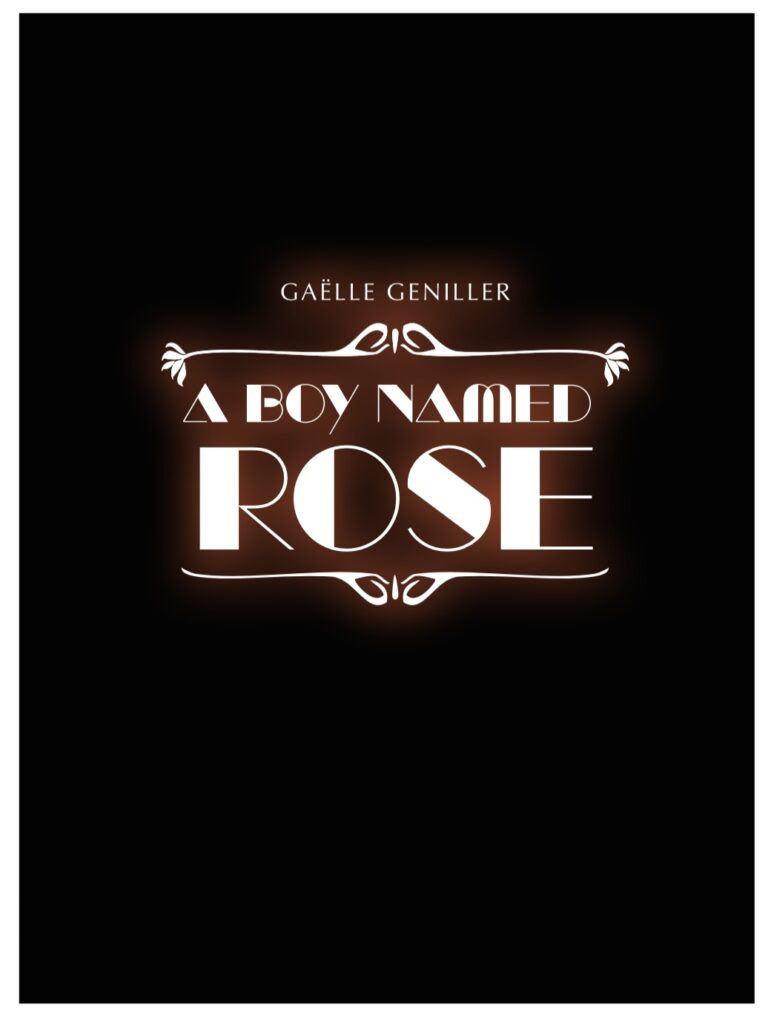
CA: Wow! You should do an extended edition! I would definitely want to read that!
“…Rose” is so lush. The color palette is gorgeous and luminous without being garish. And such a distinct and essential part of the narrative. Did you study color theory? Painting?
GG: To be honest, I didn’t study anything at all. I still feel self-conscious today about how I handle colors. For A Boy Named Rose, which is set during the Roaring Twenties in France, colors were essential. We tend to idealize the interwar period a lot, but for me, it was fitting. I had to take a stance, and I drew and colored according to my impression of those years. Of course, I looked at photos and archive videos, but they are in black and white. So I had the freedom to put in the colors I wanted. I struggled a lot at first; it was only from about halfway through the pages that I really started to enjoy myself.
CA: The publishing journey for “A Boy Named Rose” is an interesting one, can you tell us how the book got into the hands of multiple publishers?
GG: Can’t really say! My original publisher [Delcourt] did an excellent job convincing other publishers, like FairSquare Comics in the USA, all around the world. It has already been translated into several other languages (Italian, Spanish, Mexican, German), and I am absolutely delighted! Once you release a book, you have to accept letting it go, live its own life. At the end of A Boy Named Rose, Rose hints that he might go to the United States. When I knew that would be the case, I was very happy for him! He’s going before me; he’s lucky.
CA: Ha! And talk about letting your baby go and live their life!
What drew you into wanting to work in the comics industry? What was the first comic or graphic novel that made you realize the power and potential of the medium?
GG: My desire to tell stories. When I read comics as a child, I always needed a very strong connection to the characters, more than to the story. Creating a comic is, for me, like staging a play. It’s quite exhilarating when you get it right. It wasn’t just one comic that made me realize this, but really all the ones I read and whose characters I loved.
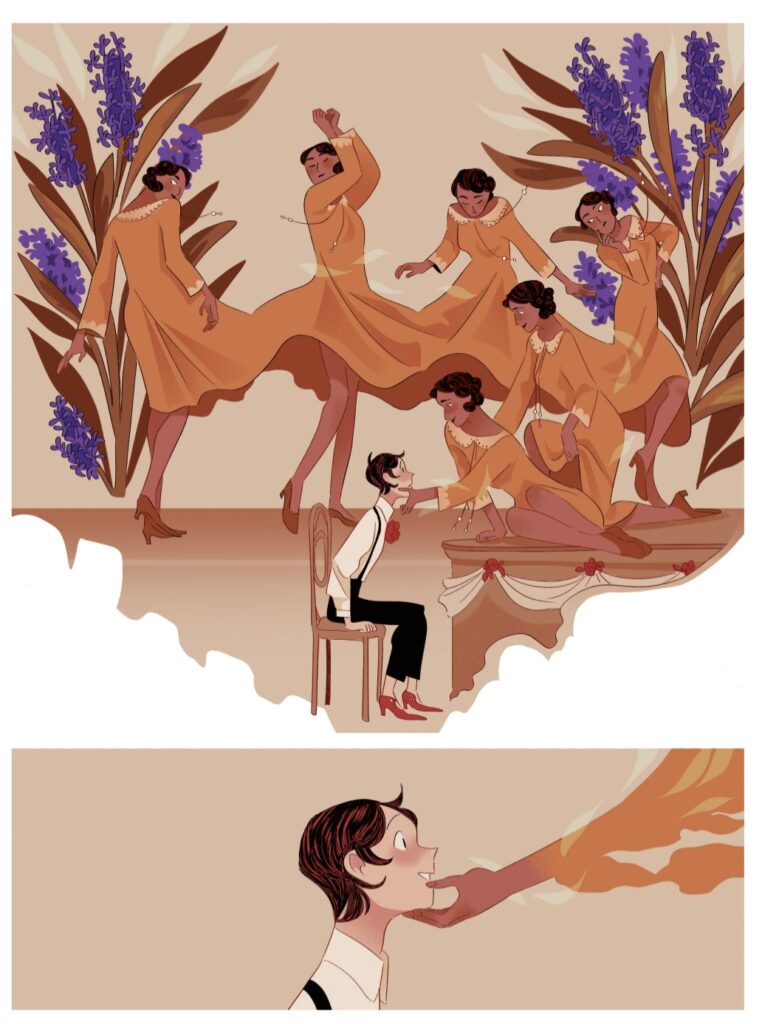
CA: Who are some of the writers, artists (any kind of artist; they don’t have to be comic artists) whose work has inspired you? Who inspires you to want to continue to work in the industry?
GG: Many people have greatly inspired me, especially in terms of aesthetics. There’s Leyendecker, the illustrations of George Barbier, Erté. A lot of René Gruau as well, and Schiaparelli too. These are artists who still inspire me today.
As for stories, [writer] Hubert was someone I admired a lot. I really enjoy telling slices of life stories, but I think I also want to try other types of narratives like fairy tales or detective stories (I grew up with Agatha Christie’s Hercule Poirot series). I don’t really know what inspires me in the end, but I think it’s my desire to tell stories that greatly motivates me for the future. I am very excited to see where all this will take me.
CA: Lyendecker, Erte’ and Schiaperelli! Not too shabby for inspiration!
What lesson or advice would you impart to aspiring creators? What do you wish you knew then that you know now when it comes to being a working creator in today’s industry?
GG: I always say that you should draw and write what you want to see or read. I naively like to think that when you do things sincerely, it can only please people, and that feeling is conveyed through the work. Of course, it’s sometimes complicated, but that’s normal and part of the journey.
In the beginning, I might have liked to know that when you write a comic, there’s a whole social aspect behind it. Readers give you feedback, share confessions, discuss, and sometimes interpret the story differently than you would have thought. I really love this aspect, but it’s true that it surprised me when I released my first comic. I didn’t think there would be such a “social” side to it since we tend to imagine artists alone at home, drawing all day.
CA: What can LGBTQIA+ creators do to maximize our presence and stories into the comics and graphic novel spaces?
GG: I’ll make a confession: when I started thinking about the characters and story of A Boy Named Rose, I didn’t say to myself, “I’m going to tell an LGBTQ+ story.” I simply created a story I liked, and it happened to involve queer themes. I think that’s where sincerity comes in. If we are honest with who we are, the characters and the story write themselves. The message of the narrative will come through on its own. We need to normalize LGBTQ+ main characters, yes, but we must first allow queer authors to express themselves as they wish, without imposing any limitations or blaming them for “putting LGBT everywhere.” It’s who we are, so that’s what we will naturally show, consciously or not, in our stories.
CA: For me, that’s the difference between a good story and a great one. Letting the words and pictures tell all. Free of agenda and composed of pure humanity.
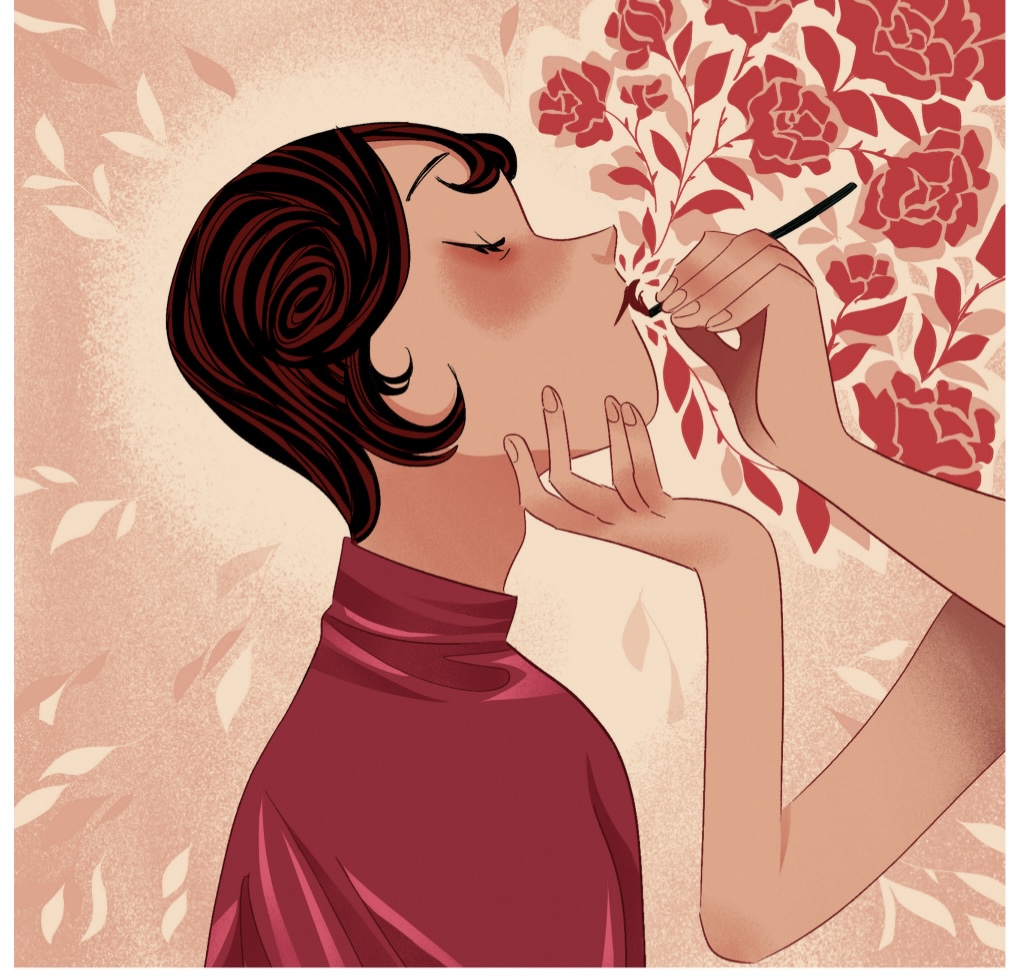
What is something that the comics publishing industry can do to get more people interested in reading queer content? If you were in charge of an all-inclusive publishing company, what are some strategies you’d employ?
GG: It’s a very complex question but I think I know what to answer. What I really enjoyed while I was developing the book with my French original editor was that he never insisted to make A Boy Named Rose an openly LGBTQ+ graphic novel. In French, the title is simply “Le Jardin, Paris”, after the place where Rose was born and performs. And the publisher sold it to retailers as a cute story about a dancer in 1920s Paris. Curious readers, who could’ve overlooked such a book have purchased it and some must have been very surprised.
When I travel to stores or festivals to sign the book, I’m always delighted to see the audience. I thought I’d have a young generation of queer reader, but I have a lot of 60-70 year old straight male readers who come to tell me how much they loved the story. I also have many middle-aged married women who also show their appreciation for the book. A Boy Named Rose has touched people beyond my wildest expectations and this makes me really happy.
Unfortunately, I think by putting a LGBTQ+ label on a book, you can drive a portion of the audience away. [Rose] is a very simple story about finding your own way. The Queer community is fan of many straight love stories, so why would the rest of the world couldn’t like Queer stories the same way?
If I was a publisher, I think I’d sell an LGBTQ+ graphic novel exactly the same way as a straight book. It could be a first step towards a better inclusion of these books in mainstream culture.
CA: What are the projects you are most proud of right now and is there something else coming out after “A Boy Named Rose?”
GG: A boy named Rose, without hesitation. I had so much fun on the book that I’m still drawing Rose and Aimé everyday and they became my signature characters. I also think I’ll be relieved and happy when my next graphic novel will come out this October. I think I’ll be equally as proud.
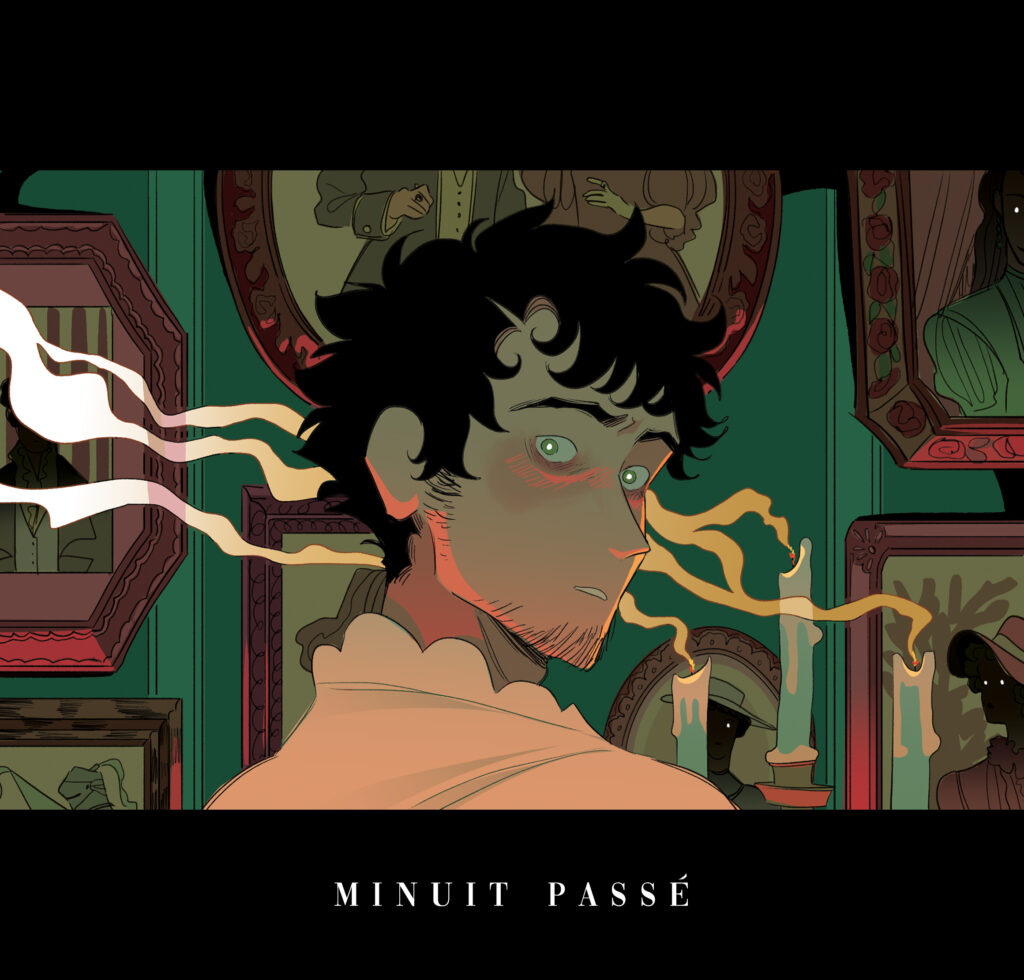
It’ll be called “Minuit Passé” (“Past Midnight” in English) and it stars a character I also love to draw named Guerlain. It’ll include a haunted house and ghosts with a dash of melancholy and softness.
CA: OOOOOOO! Can’t wait! I never thought I’d be so excited for melancholy!
Let our readers know where they can follow you on the socials, please?
GG: I’m mainly on instagram as @avril_circus. You’ll see a lot of Rose, Aimé et Guerlain on there.
I like to explore all universes with them. I sometimes draw them as vampires, as knights or faeries. They’re my sandbox. So, if you want to discover plenty of cozy, sexy, mysterious or simply cute stories, come say hi to them!
CA: Love that so much! Like you’re writing fan-fiction for your own characters! Gaelle, thank you so much for your time and creating such an amazing piece of work for all of us to enjoy!

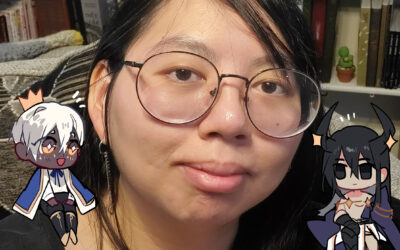
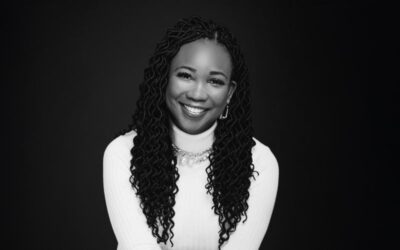
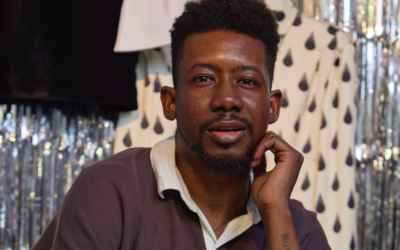
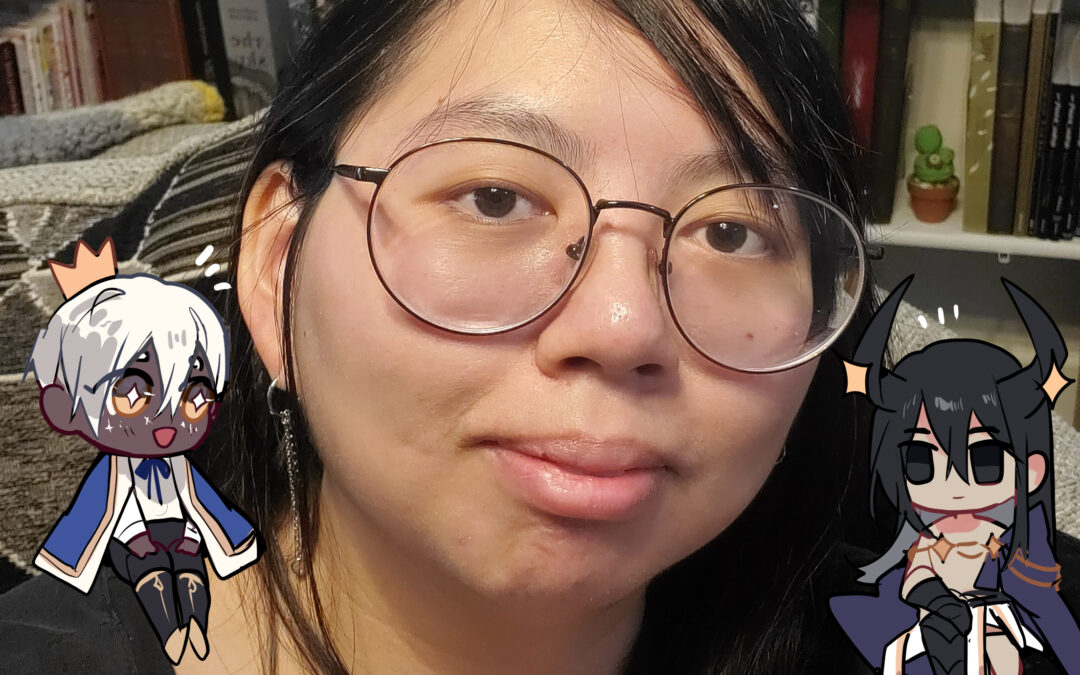
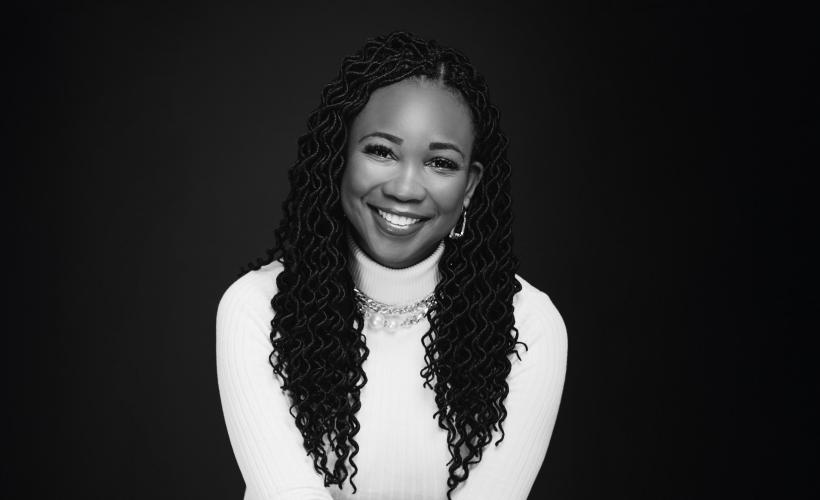
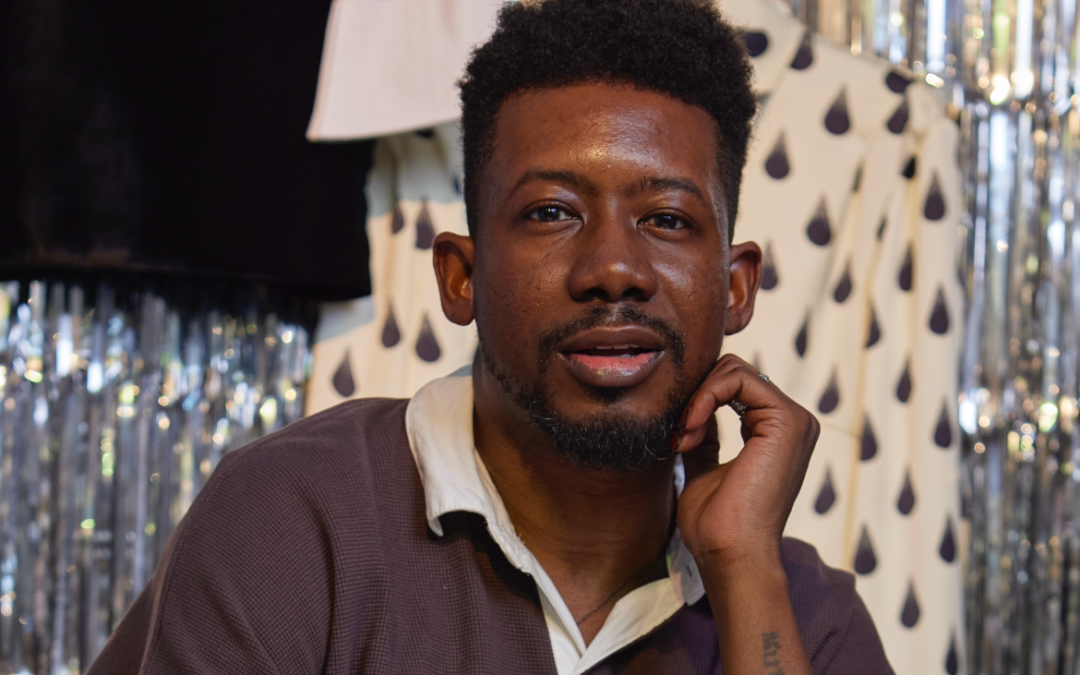
0 Comments